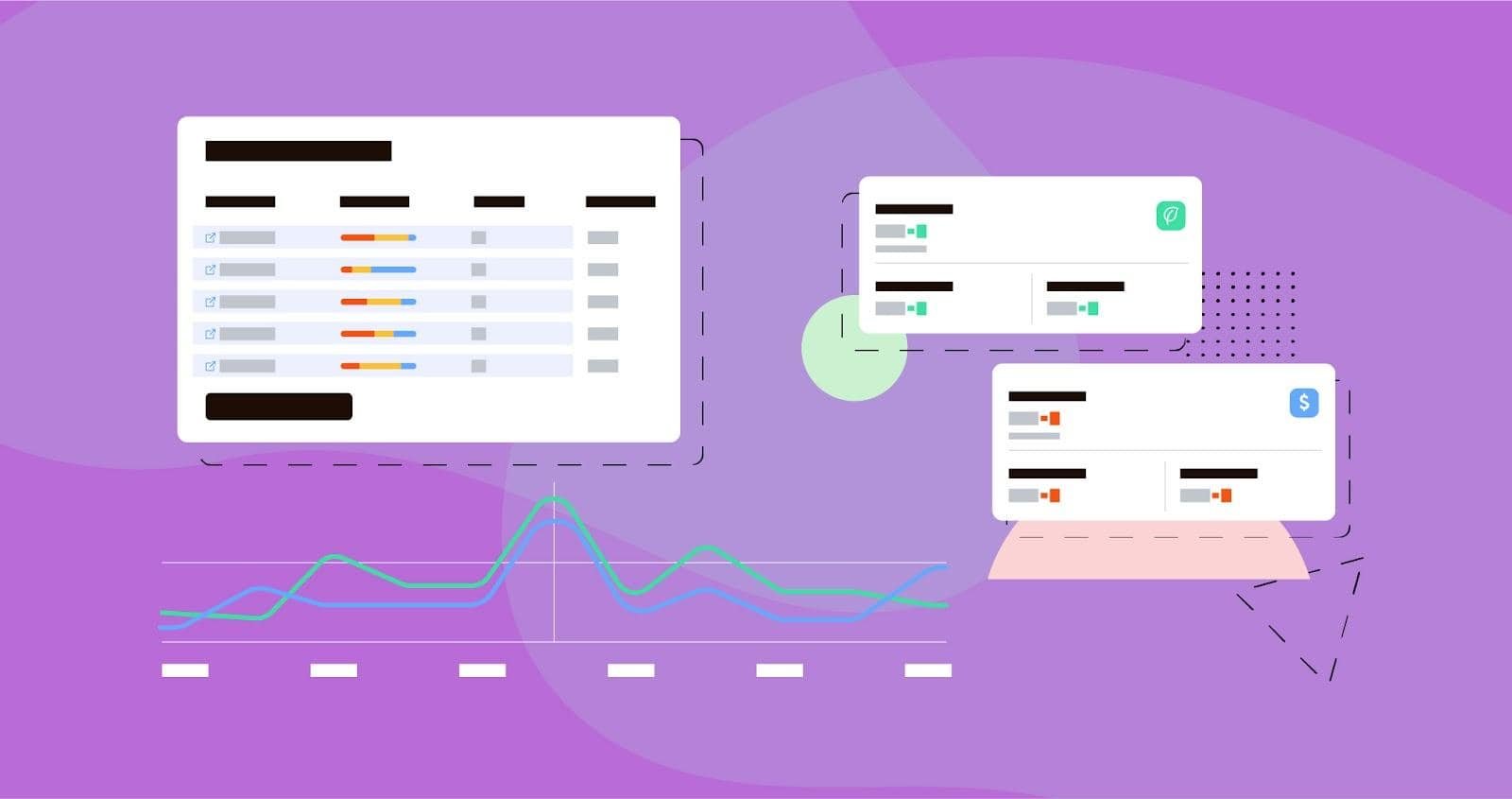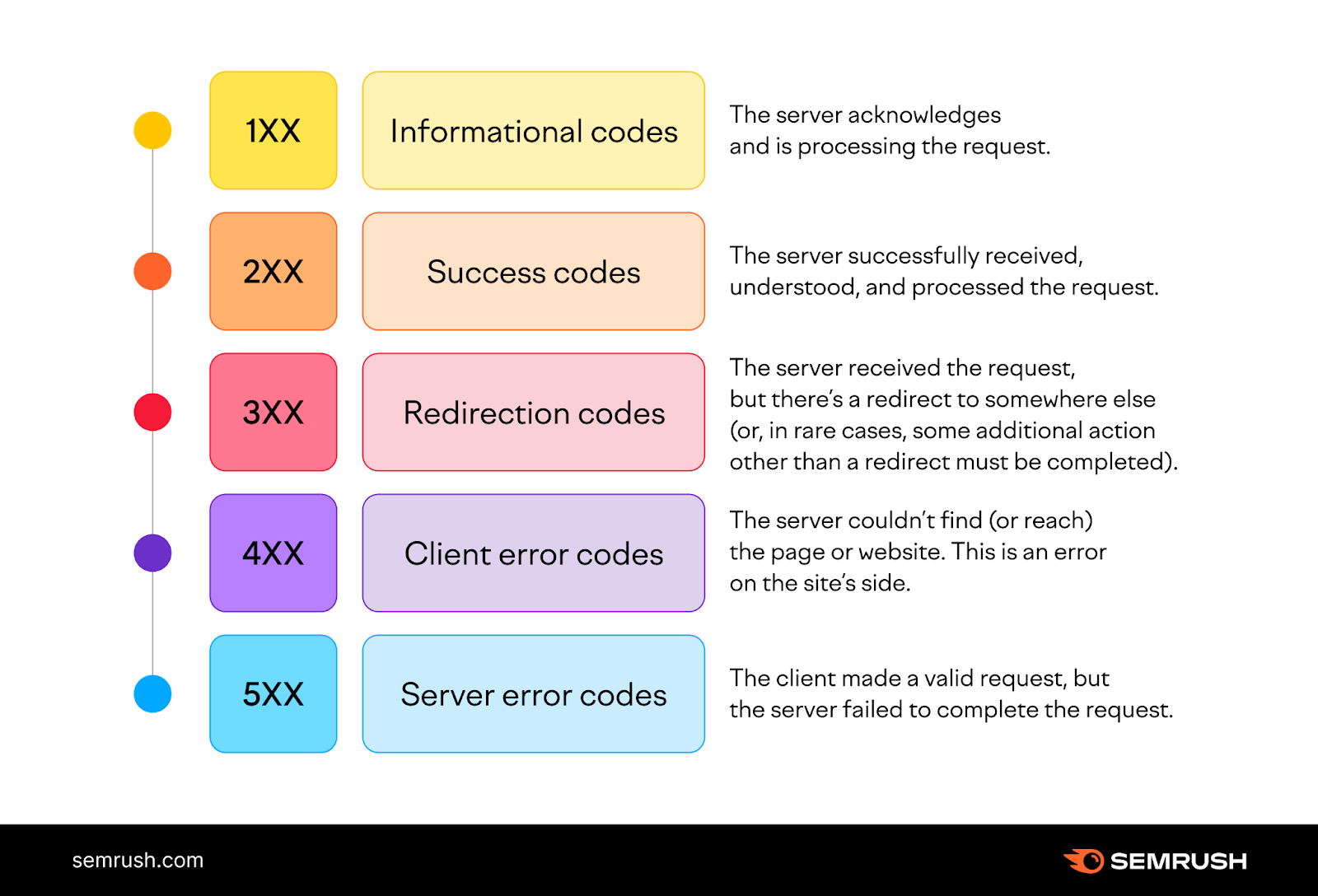It involves a comprehensive review of your website and online presence to identify improvement areas. A local SEO audit aims to ensure that your business is properly optimized for local search, which can help improve your visibility in local search results and attract more customers.
Local SEO services agency are best to perform a local SEO audit as they have specialized resources and tools for local SEO that can give detailed analysis and right insights on what are the gaps and they can also recommend how issues can be solved.
Why Local SEO Audit is Important
Identify areas for improvement
A local SEO audit can help you identify areas where your website and online presence may be lacking, such as incorrect or inconsistent business information, poor website performance, or low-quality backlinks. Addressing these issues can improve your website’s visibility and attract more customers.
Stay up-to-date with search engine algorithm changes: Search engine algorithms are constantly evolving, and a local SEO audit can help you stay up-to-date with the latest changes. By regularly auditing your website and online presence, you can ensure that you comply with best practices and SEO algorithm updates and avoid any penalties that search engines may impose.
Improve user experience
A local SEO guide can also help you identify website user experience issues. It includes slow page load times, broken links, or difficult navigation. By improving the core web vitals and user experience, you can increase the likelihood that visitors will stay on your site and ultimately purchase or contact you for more information.
Local SEO Audit Checklist
Reviewing your Google Business profile
Reviewing your Google Business profile is essential to maintaining a strong online presence and attracting more customers.
Here are some steps to help you review your Google Business profile:
Verify your information
Ensure NAP consistency and that your business name, address, phone number, and website are accurate and up-to-date. This information should be consistent across all your online platforms to avoid customer confusion.
Check your categories
Ensure that your business is listed under the correct categories. It will help ensure your business appears in relevant search results and helps attract the right customers.
Review your photos
Look at the photos on your Google Business profile and ensure they are high-quality and accurately represent your business. Add new photos if necessary to keep your profile fresh and engaging.
Post updates
Regularly post updates on your Google Business profile, such as new products or services, special offers, or events. It can help keep customers engaged and interested in your business.
Monitor insights
Review the insights provided on your Google Business profile to track how customers find and interact with your business. Use this data to improve your marketing strategy and attract more customers.
Examine Your Keywords and Intent
Here are some steps to help you examine your keywords and intent:
Conduct keyword research
Use a keyword research tool to identify relevant primary and LSI keywords for your business. Look for keywords that customers commonly use in your local area and keywords that your competitors are targeting.
Analyze search intent
Understand the intent behind each keyword to ensure that your content aligns with what customers are looking for. For example, if a customer searches for “best pizza near me,” the intent is likely to find a local pizza restaurant. Therefore, your content should showcase your restaurant’s pizza offerings and location.
Optimize content
Once you have identified relevant keywords and intent, optimize your website and create content types accordingly. It includes optimizing your website’s meta tags, headlines, and content to include the identified keywords and align with the search intent.
Use location-based keywords
Incorporate location-based keywords throughout your website and online content to help attract customers in your local area. For example, if you are a plumber in New York City, include keywords such as “plumber in NYC” or “emergency plumber in New York” to help customers find you in local search results.
Monitor performance
Continuously monitor the performance of your keywords and intent to track how customers are finding and interacting with your website. Use this data to adjust your SEO strategy as needed to attract more customers in your local area.
Duplicate Content
Duplicate content can harm your website’s ranking and lead to a poor user experience.
Here are some steps to help you double-check for duplicate content:
Use a duplicate content checker
Several free and paid tools available online can help you identify duplicate content on your website. Some popular options include Copyscape, Grammarly, and Quillbot.
Check for duplicate content on your website
Start by reviewing your website for any duplicate content. It can include identical product descriptions or pages with similar content.
Check for duplicate content on other websites
Search for your business name or website on search engines to see if others have copied your content. If you find duplicate content on other websites, contact the website owner and request that they remove it.
Use canonical tags
If you have similar content on multiple pages of your website, use canonical tags to tell search engines which page is the primary source of the content. It can help avoid any potential penalties for duplicate content.
Avoid content scraping
Do not scrape content from other websites, as this can harm your website’s ranking and reputation. Instead, create original, high-quality content relevant to your business and the local area.
Inspecting Backlinks
Inspecting backlinks and being aware of penalties is critical to a local SEO audit. Backlinks are a key factor in determining your website’s authority and ranking, but having low-quality or spammy backlinks can result in penalties from search engines.
Here are some steps to help you inspect your backlinks and avoid penalties:
Use a backlink analysis tool.
Several free and paid tools available online can help you identify the backlinks pointing to your website. Some popular options include Ahrefs, Majestic, and SEMrush.
Review the quality of backlinks.
Once you have identified the backlinks pointing to your website, review the quality of each backlink. Look for links from authoritative websites in your industry and avoid links from low-quality or spammy websites.
Disavow bad links
If you have identified any low-quality, spammy or toxic backlinks, use the Google Disavow Tool to request that search engines ignore those links when evaluating your website’s authority.
Monitor for penalties
Keep an eye on your website’s performance and traffic to ensure you are not penalized for bad backlinks or other SEO practices. If you receive a penalty, remove the offending links and request a reconsideration from search engines.
Build high-quality backlinks
Focus on building high-quality backlinks from local authoritative websites in your industry. It can include guest blogging, social media marketing, and outreach to other websites in your industry.
Citations & Mentions
Citations and mentions refer to instances where your business is mentioned online, including your name, address, phone number, and website (NAPW).
Here are some steps to help you capture citations and mentions:
Use a citation management tool.
There are several tools available online that can help you manage your citations and mentions. Some popular options include Moz Local, Yext, and BrightLocal.
Check for accuracy
Once you have identified your citations and mentions, check for accuracy to ensure your business information is correct and consistent across all platforms.
Update incorrect information
If you find any incorrect information, update it immediately to ensure customers can find your business.
Build new citations
Focus on building local backlinks and new citations on high-quality directories and review sites in your industry. It can help improve your local SEO and make it easier for customers to find your business online.
Diagnose and Respond to Reviews
Reviews can significantly impact your business’s online reputation and local search ranking.
Here are some steps to help you diagnose and respond to reviews in a local SEO audit:
Identify your online reviews
Use tools like Google My Business, Yelp, and other review sites to identify all the online reviews left for your business.
Categorize reviews
Categorize the reviews into positive, negative, and neutral. It will help you understand the sentiment of your customers and identify areas that need improvement.
Respond to negative reviews.
Respond to negative reviews professionally and courteously. Address the customer’s concerns and offer solutions to resolve the issue. It can help improve your business’s online reputation and show that you care about customer satisfaction.
Encourage positive reviews
Encourage your satisfied customers to leave positive reviews by providing them with links to your review profiles and asking them for feedback.
H3: Competitor Analysis
Competitor Analysis involves analyzing your competitors’ online presence, local search rankings, and marketing strategies to identify areas where you can improve your local SEO.
Here are some steps to help you conduct a competitor analysis in a local SEO audit:
Identify your competitors
Identify your top competitors in your local area. It can be done by searching for keywords related to your business and analyzing the businesses that appear at the top of the search results. SEO Competitor analysis will give you alot of insights on creating your strategy.
Analyze their online presence.
Analyze your competitor’s websites, social media profiles, and online directories to identify areas where they excel and where you can improve. Look for their website design, content quality, and user experience.
Review their local search rankings.
Review your competitors’ local search rankings for keywords related to your business. Identify areas where they are ranking higher than you and try to understand why.
Analyze their marketing strategies.
Analyze your competitors’ marketing strategies, including advertising campaigns, social media, and content marketing. Look for opportunities to differentiate yourself and stand out from your competitors.
Identify gaps and opportunities.
Use your gathered information to identify gaps and opportunities in your local SEO strategy. Look for areas to improve and opportunities to differentiate yourself from your competitors.
Conclusion
A local SEO audit is essential in optimizing your business’s online presence and improving your local search rankings. By conducting a comprehensive audit, you can identify areas where you can improve your website’s technical SEO, optimize your content for local keywords and intent, improve your online reputation and engagement, and stay ahead of your competitors.
With the right tools and strategies, you can perform a thorough local SEO audit and implement the necessary changes to improve your business’s visibility and attract more local customers.







